Consciousness is someone’s state of awareness. Human consciousness evolves at different levels. These levels of consciousness help an individual to experience their “internal states.”
Mapping the evolution of human consciousness in five steps. From the vantage point of the Unified Theory Of Knowledge (UTOK), we can frame the root of many modern philosophical confusions via the “Enlightenment Gap.”
This refers to the fact that the Enlightenment failed to produce a coherent framework for understanding the relationships between (a) matter and mind and (b) social and scientific knowledge.
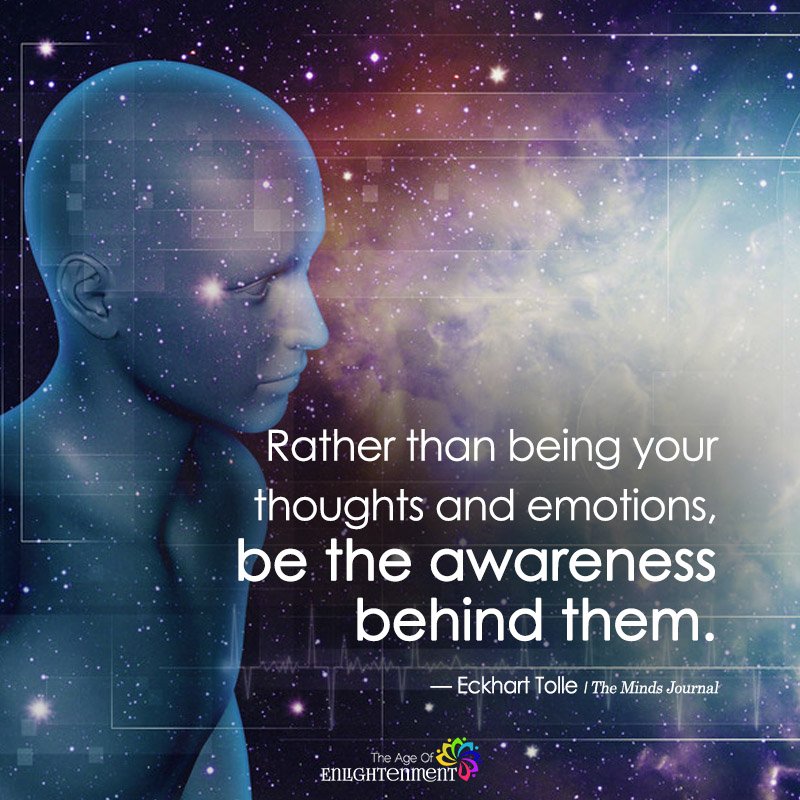
The problem of psychology—that is, psychology’s failure to generate a coherent description of its subject matter and institutional identity—is the downstream consequence of the Enlightenment Gap. Confusion about the nature of human consciousness can also be understood as arising from the Enlightenment Gap.
What is Human Consciousness?
The UTOK affords a coherent, naturalistic view of human consciousness. Although epistemological considerations feature significantly in grappling with the nature of consciousness and our knowledge of it, the focus in this blog post is on a naturalistic, evolutionary ontology of human consciousness.
That is, we are attempting to describe what consciousness is from the vantage point of modern science, with an emphasis on the key evolutionary steps that make up human consciousness.
Read What Is Consciousness? The Scientific Pursuit of Consciousness
[Note that although there are some powerful anecdotes and interesting lines of research and argumentation that claim consciousness is primary in the cosmos, this position has significant metaphysical difficulties that render it problematic.
The UTOK adopts the more conservative and established position that subjective conscious experience is mediated by neurocognitive processes and thus requires a brain.]
The UTOK starts with the “Tree of Knowledge System” as a new map of Big History that divides the ontic reality into four different planes of existence or dimensions of behavioral complexity that are labeled: 1) Matter-Object; 2) Life-Organism; 3) Mind-Animal; 4) Culture-Person.
The ToK System further posits that the material and biological sciences are effectively aligned with and function to map the first two planes of existence. The UTOK posits that the psychological sciences are confused because previously, there was no straightforward way to frame the mental dimension in nature.
Instead, as the philosopher Lawrence Cahoone cogently argues in The Orders of Nature, the Enlightenment philosophers created a malformed “bipolar” split between matter and mind.
As his work makes clear, it is time for a systemic, metaphysical upgrade in our understanding of the dimensions in nature in a way that allows for the proper frame of understanding for the relations between matter and mind.
According to the UTOK, there is nothing properly called “conscious” at the Matter level of existence. Electrons, rocks, rivers, and the sun do not have “bits” of consciousness in them. There is, however, an important difference between the object and its position in the world relative to the field of physical information it is in.
When framed this way, there are some analogies to be made between the position of an entity, the information it has contact with, and the field it is in. As such, there may be some value to be had in thinking in “panpsychic” terms.
Read 3 Transformational Processes Within The Evolution of Consciousness
Life is a different plane of existence, and living creatures like bacteria, fungi, and trees exhibit consciousness in a weak sense of the term. This is because, unlike electrons and rocks, they are autopoietic and exhibit functional awareness and responsiveness to their environment.
This, however, is not the primary referent for consciousness in the UTOK metapsychology. Rather, functional awareness and responsivity can be defined purely from the third-person, exterior epistemological position.
Put simply, we can scientifically demonstrate that cells, fungi, and trees exhibit intelligent behavior defined in terms of functional awareness and response.
However, doing so does not mean that trees subjectively feel things in the same way that a dog or a human subjectively feels things. To reference Nagel, there is a good argument for believing that there is nothing that it is like to be a tree.
The primary referent for consciousness in the UTOK language system is subjective conscious experience. On the Map of Mind1,2,3, it is identified as the domain of “Mind2.” In contrast, Mind1 refers to neurocognitive processes associated with functional awareness and response, whereas the domain of Mind3 refers to self-conscious justification and narration.
The domain of Mind2 is what Nagel referenced in talking about the difficulty in explaining subjectivity, and it is what Chalmers references with the hard problem.
The UTOK maps the evolution of human consciousness into five steps.
1. Base of Sentience
The first step is referred to as “base of sentience.” This refers to the emergence of feeling states, such as pleasure or pain. In “Untangling the World Knot of Consciousness,” John Vervaeke and I called these “valence qualia.”
These states broadcast signals of what the animal cares about and mark what is “good” and thus should be approached, and what is “bad” and thus should be avoided.
Consistent with Feinberg and Mallatt’s review of The Ancient Origins of Consciousness, these valence qualia may be present in insects and likely are present in fish. In their excellent recent work on The Evolution of the Sensitive Soul, Ginsburg and Jablonka argue that the key function of such states is “unlimited associative learning.”
These authors argue that these “minimally conscious states” appeared in the wake of the Cambrian explosion, approximately 550,000,000 million years ago, and allow for an animal to “ascribe motivational value to a novel, compound, nonreflex inducing stimulus or action and use it as the basis for future learning.”
Read – Layers of The Empath Gift: 10 Levels of Empath Evolution
2. Experiencing Self
The second step – is an experiencing self that can plan and deliberate and operates with a more extended working memory. The second evolutionary step on the path to human consciousness likely happened when animals left the water and shifted onto land.
There are reasonable arguments to be made that living on land requires more advanced abilities for planning, although one must acknowledge the rich mental lives of octopuses in making this assertion (see, e.g., here). Consider that a land animal needs to know where water is and remember where they are in relation.
Whatever the evolutionary adaptive history, there was a significant shift and growth of the cortical areas in birds and mammals that are associated with planning, mental stimulation, and deliberation.
This affords the development of what we might call an “experiencing self” that operates in a “global neuronal workspace.” This is consistent with Damasio’s model of the evolution of consciousness and the self. Empirically, there is now strong evidence that crows have a subjective experiencing self.
Read Age Of Accelerated Evolution
In Untangling the World Knot of Consciousness, John Vervaeke offered a compelling argument that the experiencing self should be divided into adverbial and adjectival qualia.
Adverbial qualia function to focus, frame, and index with a hereness-nowness-togetherness function, whereas adjectival qualia refer to the properties that are experienced, such as the odor of a predator.
He argued that the pure consciousness event experienced by advanced meditators makes clear the difference between adverbial and adjectival qualia. In these states, only the adverbial qualia remain.
3. Self-other Relational World
The third step is referred to as the self-other relational world. Returning to the evolutionary lineage, the third step in the trail can be framed as the social-relational step, which expands the experiential self into social relations.
This likely gets its foothold in evolution with mothers taking care of their offspring and is seen in things like attachment processes in mammals. Complicated social relations create the need for a self-other matrix and very likely deepen the ways the experiencing self functions to map the world in relation to others.
For example, connecting with others requires complicating ways of representing the interests and mental states of others but also requires ways of differentiating and separating one’s own interests. It then grows with the social mammals. As Carl Safina’s work suggests, such mental capacities seem well-developed in creatures like wolves, whales, and elephants.
The next two steps were taken by the human lineage.
4. Substantial Upgrade
The fourth step – substantial upgrade in shared attention and intention that creates a much more advanced intersubjective “we” space. It first happened about 1 million to 500,000 years ago. It was a massive upgrade in the great ape relational “mindreading” and/or “mindsharing” capacities.
As Tomasello argues in his outstanding book Becoming Human: A Theory of Ontogeny, humans have remarkably advanced capacities for shared attention and shared intention. We readily generate a theory of mind and sync up with others into what Tomasello calls an implicit “we” space.
Human children do this qualitatively faster and better than other apes. This is seen in things like the way kids understand pointing and form theories of the mental states of others.
5. Propositional Language
The fifth step – propositional language and explicit, self-conscious recursive reflection that comes with reason-giving, arguing, and solving the problem of justification. While implicit intersubjectivity set the combustible stage, propositional language was the spark that set off the human mind’s big bang and launched the emergence of the Culture-Person plane of existence.
The second key idea in UTOK, Justification Systems Theory clearly frames this process and affords us a clear way to understand why human consciousness is exceptional in the animal kingdom and the powerful influence Culture has on shaping its structure.
It also gives us an Updated Tripartite Model of human consciousness that assimilates and integrates many lines of thought in human psychology.
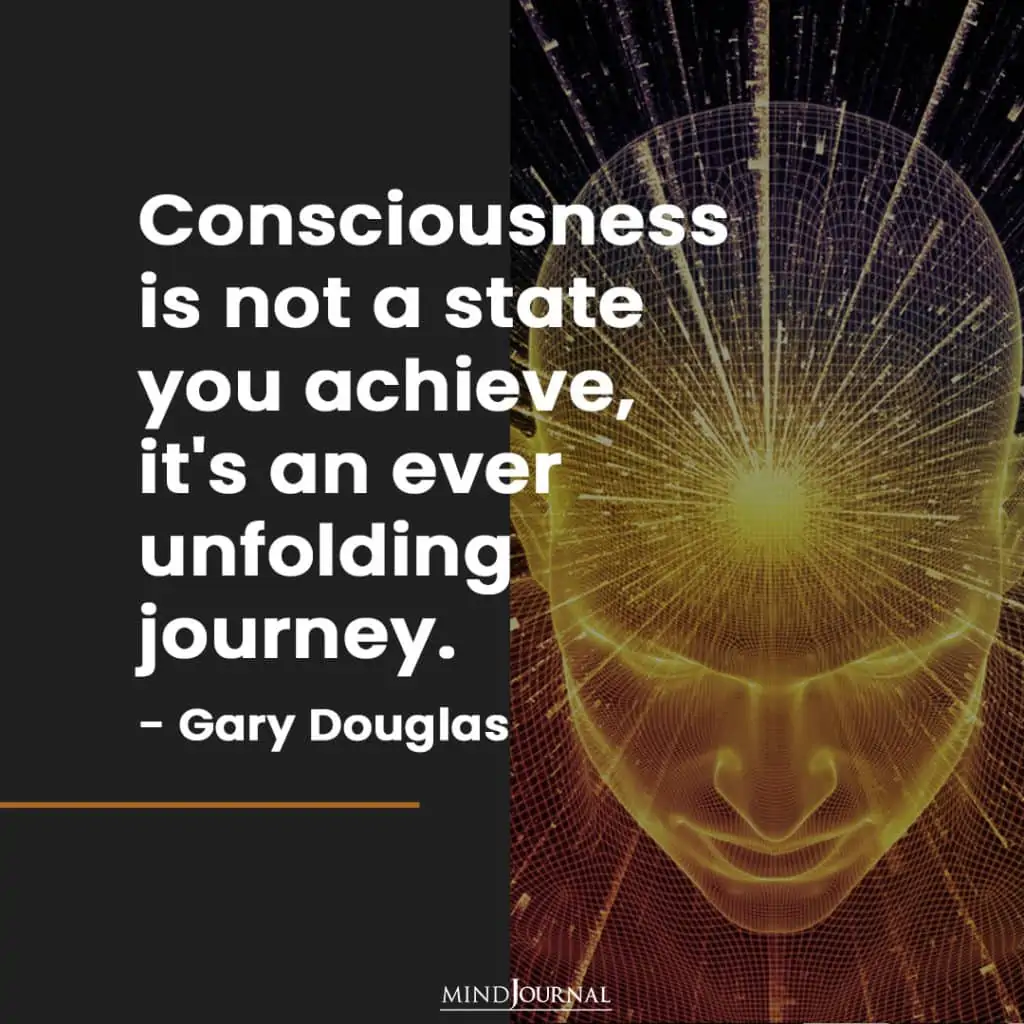
In summary, the UTOK identifies five key steps or building blocks that link together to form human consciousness. It starts with (1) the base of sentience that has valence qualia that guide instrumental learning.
Then it grows into (2) an experiencing self that can plan and deliberate and operates with a more extended working memory. That expands further into (3) self-other relational world, seen in the attachment processes and cooperative and competitive dynamics of social mammals.
Then (4) there is a substantial upgrade in shared attention and intention that creates a much more advanced intersubjective “we” space. Finally, there is a (5) massive explosion of self-conscious recursive thought with propositional language, reason-giving, and the evolution of the Culture-Person plane of existence.
This basic five-step model affords us a way to address, frame, and begin to resolve the explanatory gap in the philosophy and science of consciousness. We can also interpret the massive confusion in this area as being a downstream consequence of the Enlightenment Gap that speaks to why we need a whole new theory of knowledge.
References
Unified Theory Of Knowledge (UTOK): https://www.unifiedtheoryofknowledge.org/
Written By: Gregg Henriques, Ph.D Originally Appeared On: Psychology Today Republished with permission.
Frequently Asked Questions (FAQs)
What are the 4 states of consciousness?
The Four States of Consciousness are waking, dreaming, deep sleep, and absolute.
What is the highest state of consciousness?
The highest state consciousness is knowing your actual self. It is when you reach a higher state of mind which is free from self-interest and aggression.
What is the difference between consciousness and awareness?
Awareness is having knowledge of yourself and your surroundings. Consciousness is defined as the conditioning of the mind, it’s about what we can see or feel within and outside of our knowing.
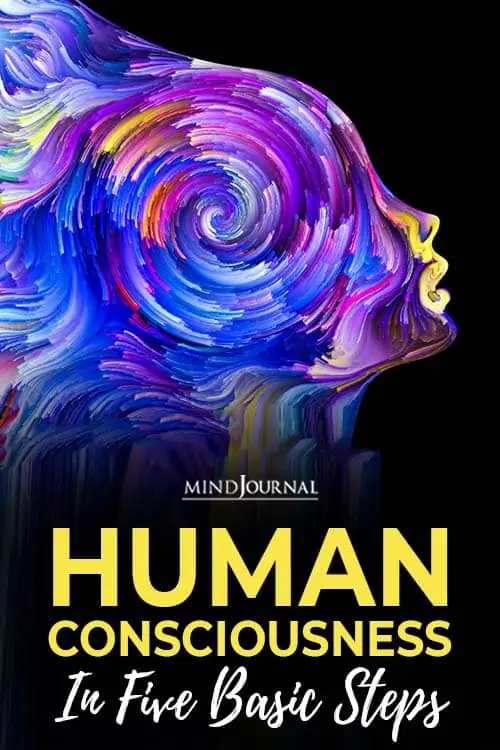
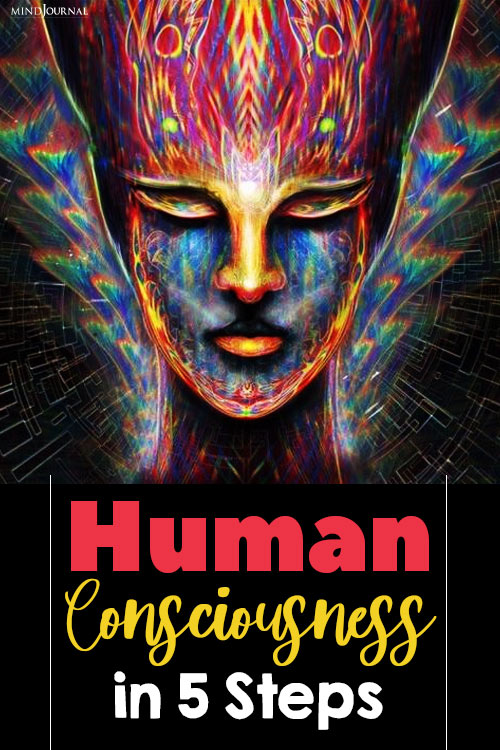
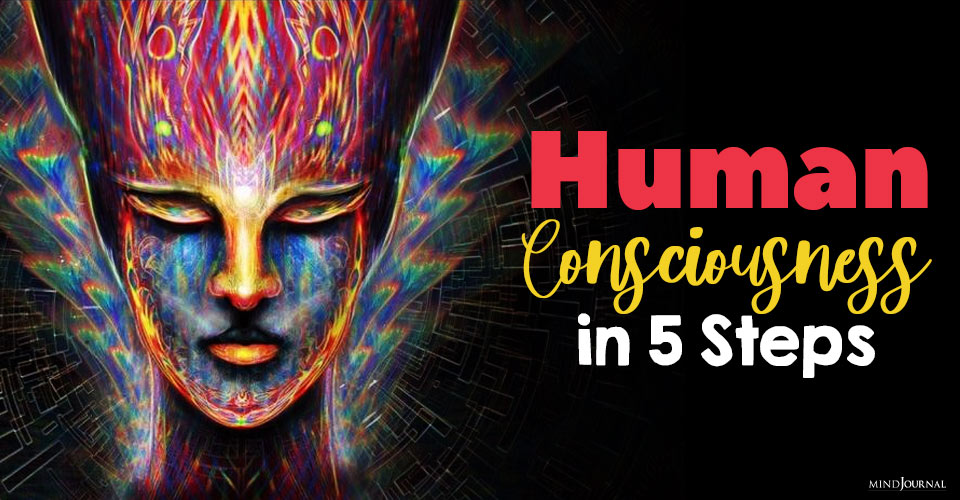
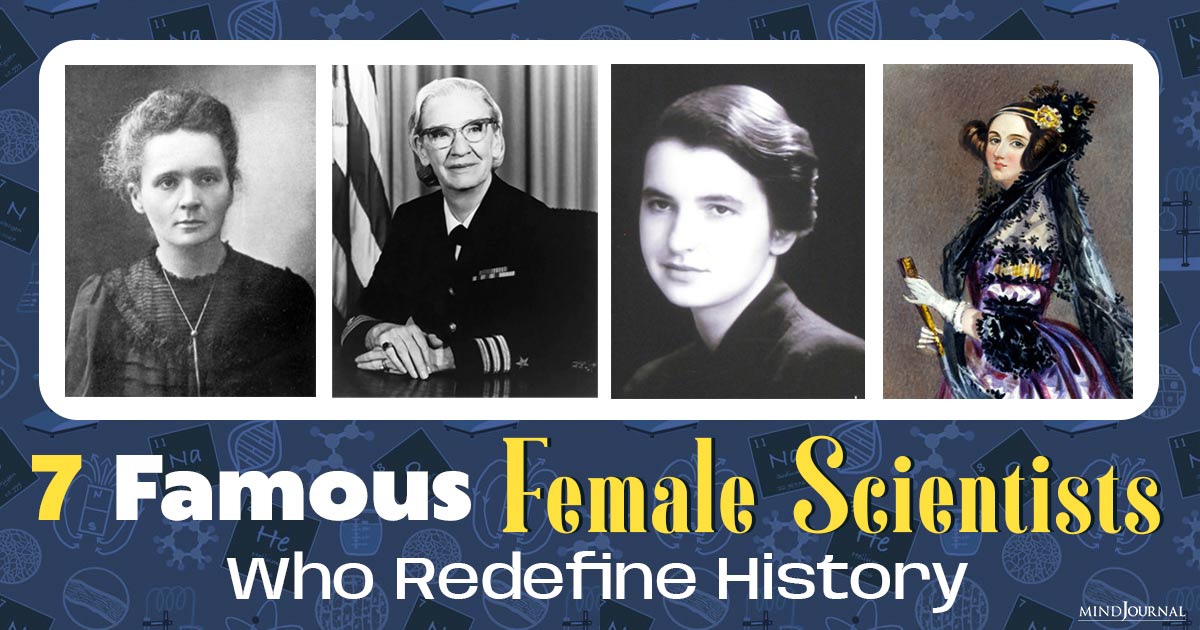
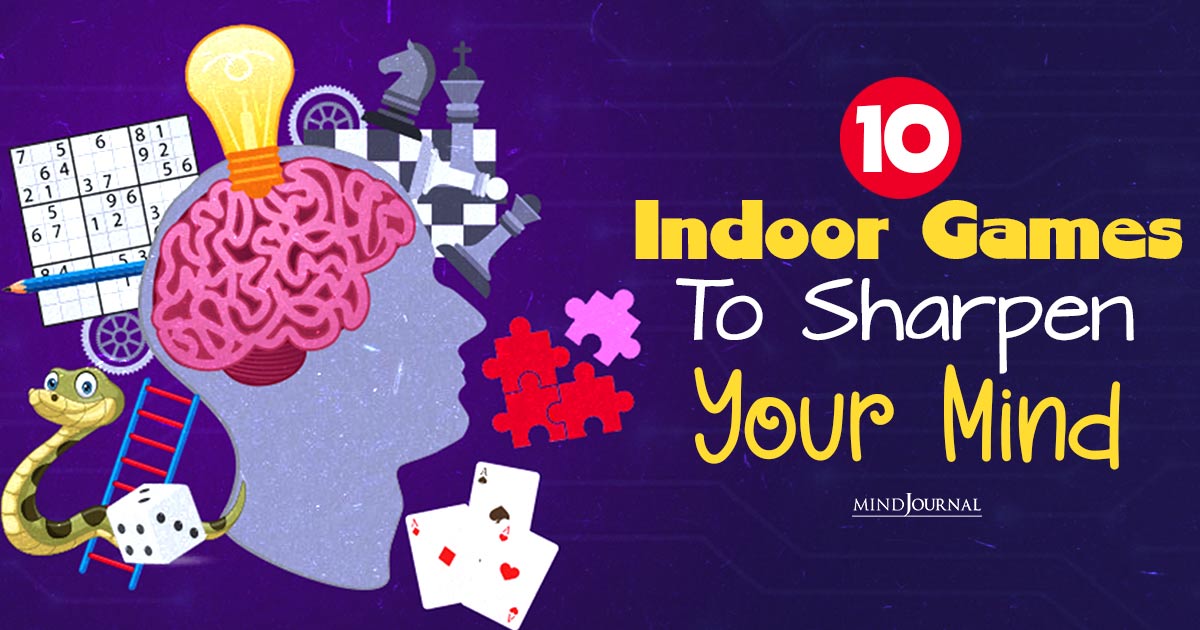

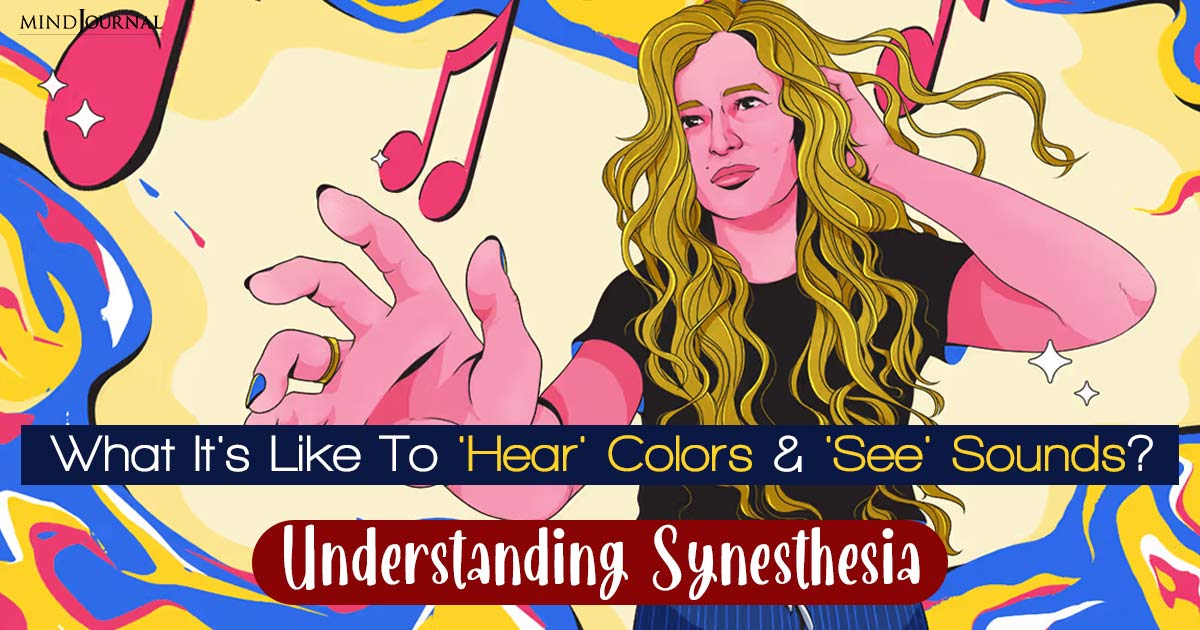

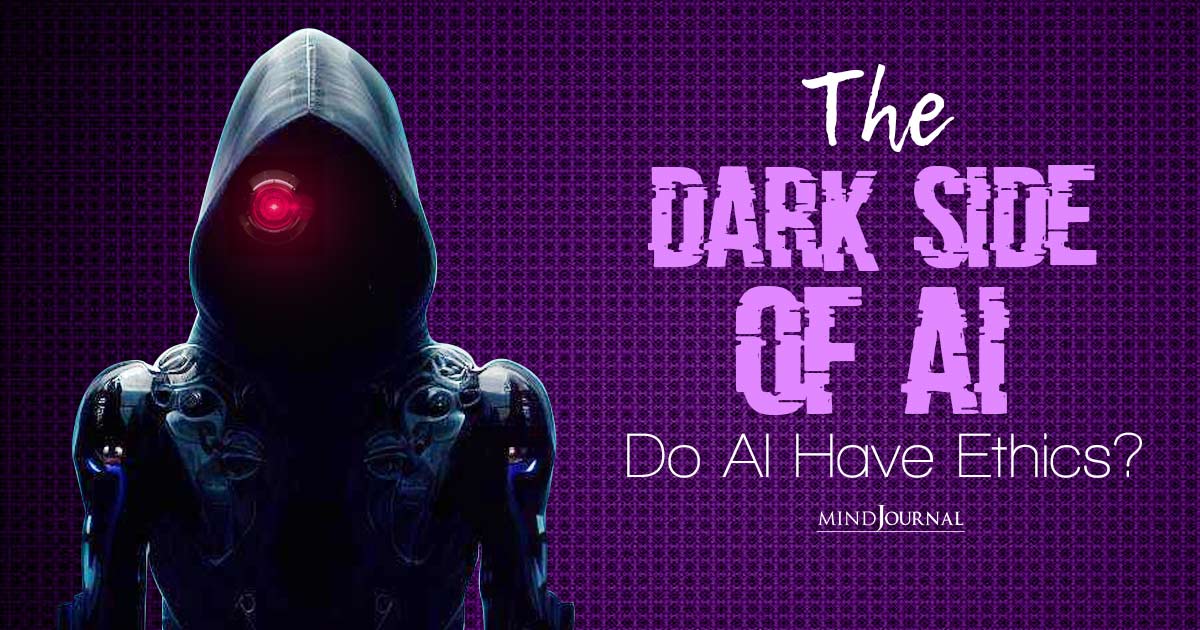

Leave a Reply
You must be logged in to post a comment.